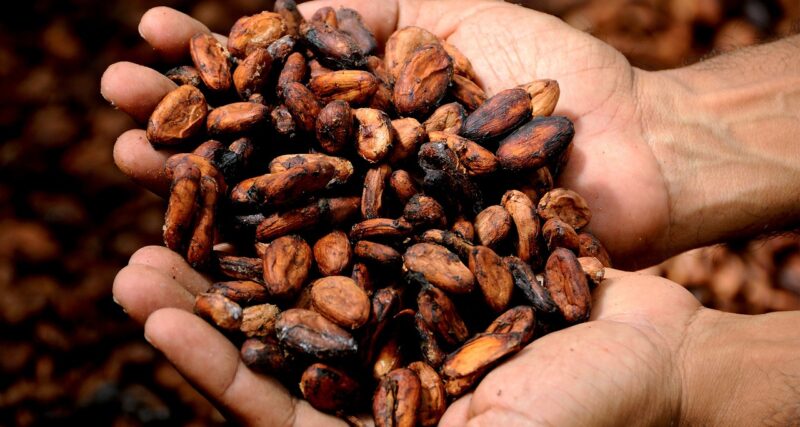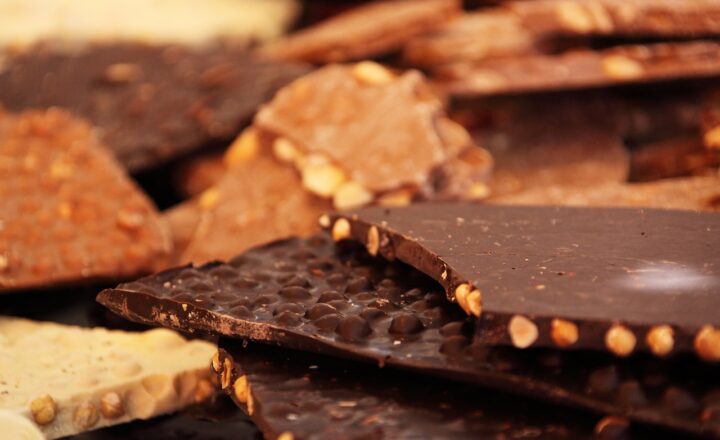
Chocolate has a rich and fascinating history that spans thousands of years, originating as a prized drink in ancient civilizations and evolving into a beloved treat worldwide. From the ancient Mayans to modern-day chocolate lovers, let’s explore how chocolate transformed from a sacred beverage to a global delight.
1. The Origins of Chocolate in Mesoamerica
The history of chocolate begins with the ancient civilizations of Mesoamerica, including the Olmecs, Mayans, and Aztecs. They were the first to cultivate cacao trees and consume chocolate, primarily as a bitter beverage.
Chocolate as a Sacred Drink:
- The Olmecs are believed to be the first to process cacao around 1500 BCE.
- The Mayans referred to cacao as the “food of the gods,” using it in rituals and celebrations.
- The Aztecs valued cacao beans so highly that they used them as currency.
How It Was Consumed: Early chocolate drinks were bitter and often flavored with spices, chili peppers, and cornmeal, a far cry from the sweet treats we enjoy today.
2. Chocolate’s Arrival in Europe
Chocolate made its way to Europe in the early 16th century, brought back by Spanish explorers after their encounters with the Aztecs. Europeans quickly developed a taste for this exotic drink, though they added sugar to suit European palates.
Chocolate in the Royal Courts:
- Chocolate became a luxury item in Europe, enjoyed mainly by royalty and the wealthy.
- Spain kept chocolate a secret for nearly a century before it spread across Europe.
- In France, it became particularly popular after King Louis XIII married Anne of Austria, a chocolate enthusiast.
Why It Mattered: The sweetened version of chocolate paved the way for its mass appeal and eventually led to its adaptation in various forms.
3. The Invention of Solid Chocolate
For centuries, chocolate remained a drink, but by the 19th century, innovations in processing changed chocolate forever. The invention of solid chocolate led to the development of chocolate bars and other confections.
Milestones in Solid Chocolate:
- In 1828, Dutch chemist Coenraad van Houten invented a process to remove cocoa butter from cacao beans, creating cocoa powder.
- In 1847, British chocolatier J.S. Fry & Sons made the first chocolate bar by mixing cocoa butter back into cocoa powder.
- By 1879, Swiss chocolatier Rodolphe Lindt developed conching, a process that made chocolate smoother and creamier.
Impact: These developments made chocolate more accessible, affordable, and delicious, revolutionizing how it was enjoyed.
4. Chocolate’s Rise in Popularity Worldwide
With the mass production of chocolate in the 20th century, chocolate became a staple treat for people around the world. Companies like Hershey’s in the United States and Cadbury in the UK helped make chocolate a global sensation.
Key Developments:
- Hershey’s pioneered mass production, making chocolate affordable for the average American.
- Cadbury introduced milk chocolate, which became immensely popular in Europe.
- Chocolate became a staple gift and treat during holidays like Valentine’s Day and Easter.
Why It Matters: Chocolate’s popularity grew rapidly, and it became associated with happiness, indulgence, and celebrations globally.
5. The Art of Chocolate Making Today
Today, chocolate is more diverse than ever, with a wide range of products from milk and dark chocolate to artisanal and specialty chocolates. High-quality, ethically-sourced chocolate is now in demand, leading to a renaissance in chocolate craftsmanship.
Modern Trends in Chocolate:
- Bean-to-bar chocolate makers focus on quality and ethical sourcing.
- Flavored chocolates, including combinations with sea salt, chili, and fruits, have gained popularity.
- Artisanal chocolate shops emphasize small-batch production and unique flavor profiles.
Why It Matters: Today’s consumers value sustainability, ethical sourcing, and quality, reshaping the chocolate industry to be more responsible and innovative.
Conclusion
From sacred drink to mass-produced treat, chocolate has come a long way. Its journey reflects cultural shifts, technological advancements, and our love for indulgence. Today, chocolate remains a beloved global delight, cherished for its rich flavors, versatility, and history. Whether enjoyed as a simple bar or a gourmet dessert, chocolate continues to captivate the world.







